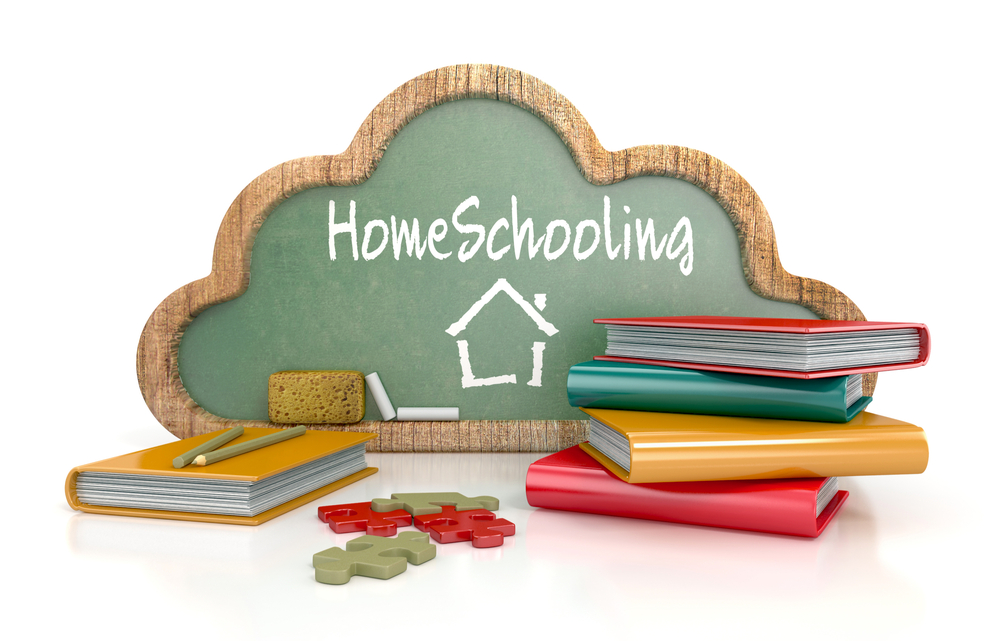Understanding communities Normal Worksheets for Ages 3-7
6 filtered results
-
From - To
Explore our "Understanding Communities Normal Worksheets" designed for children ages 3-7. These engaging, age-appropriate resources help young learners discover the importance of community, encouraging them to recognize their surroundings, roles, and relationships. Our worksheets feature fun activities that promote critical thinking and social awareness, allowing kids to connect personally with their neighbors, family, and local environment. With vibrant visuals and interactive tasks, children will develop essential skills while fostering curiosity about the world around them. Perfect for preschool and early grade education, these worksheets provide a foundation for understanding society's structures and encourage teamwork and cooperation among peers.
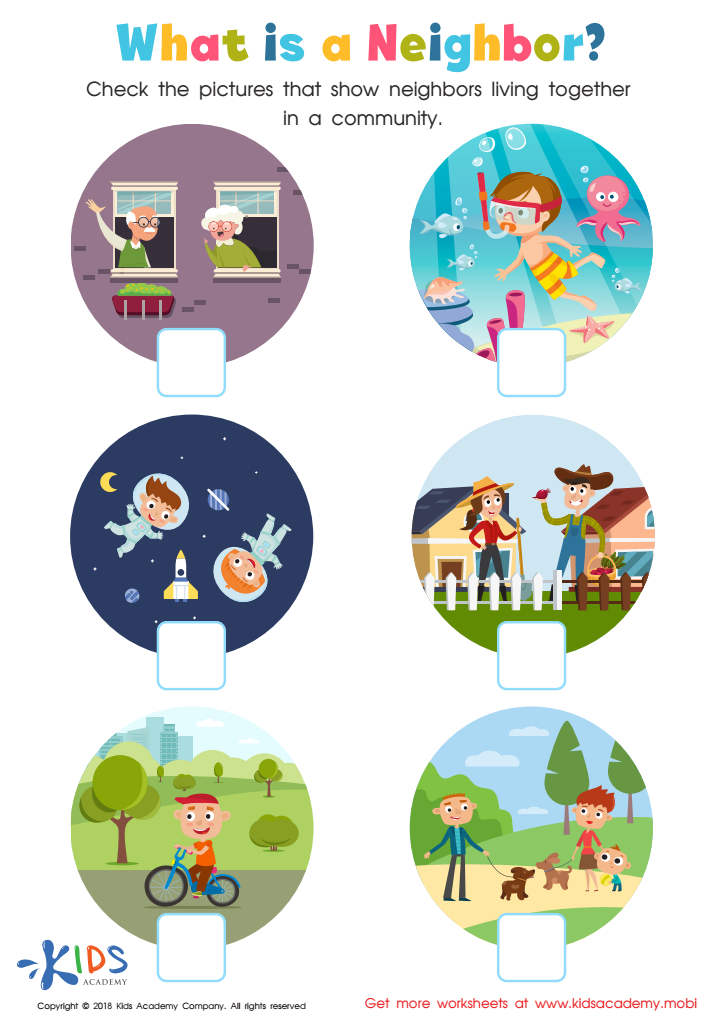

What is a neighbor Worksheet
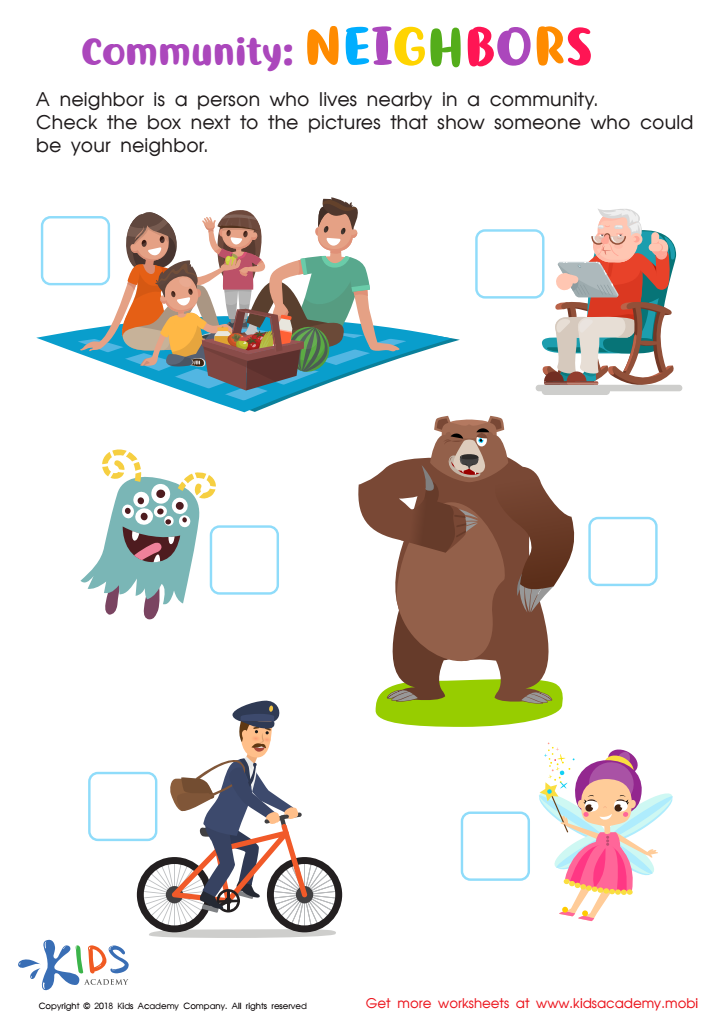

Community: Neighbors Worksheet
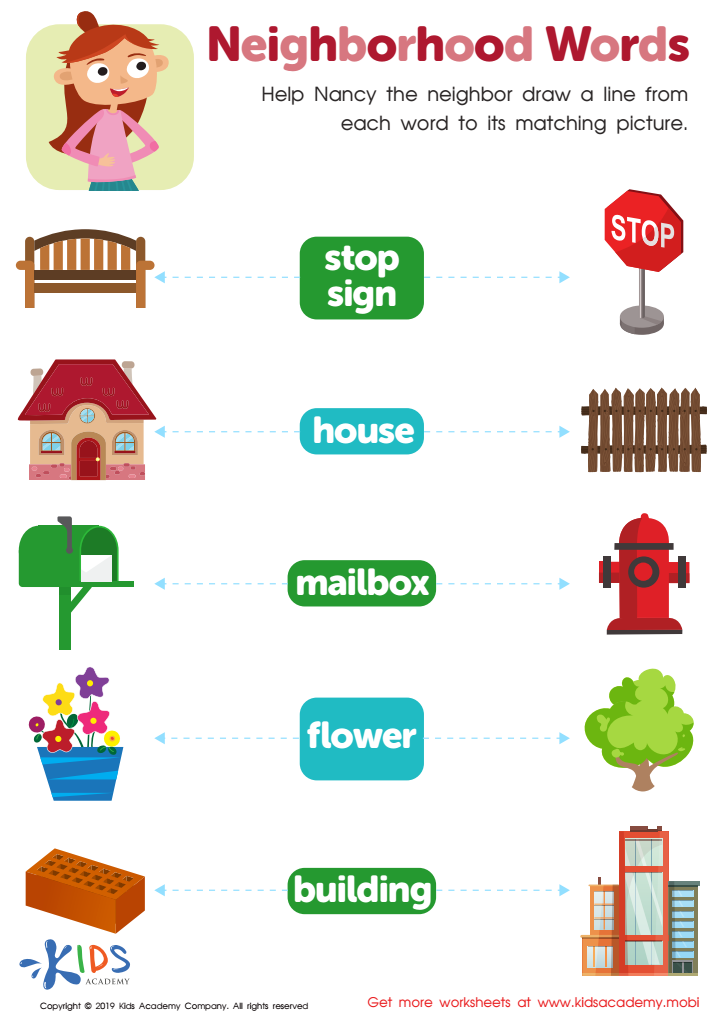

Neighborhood Words Worksheet
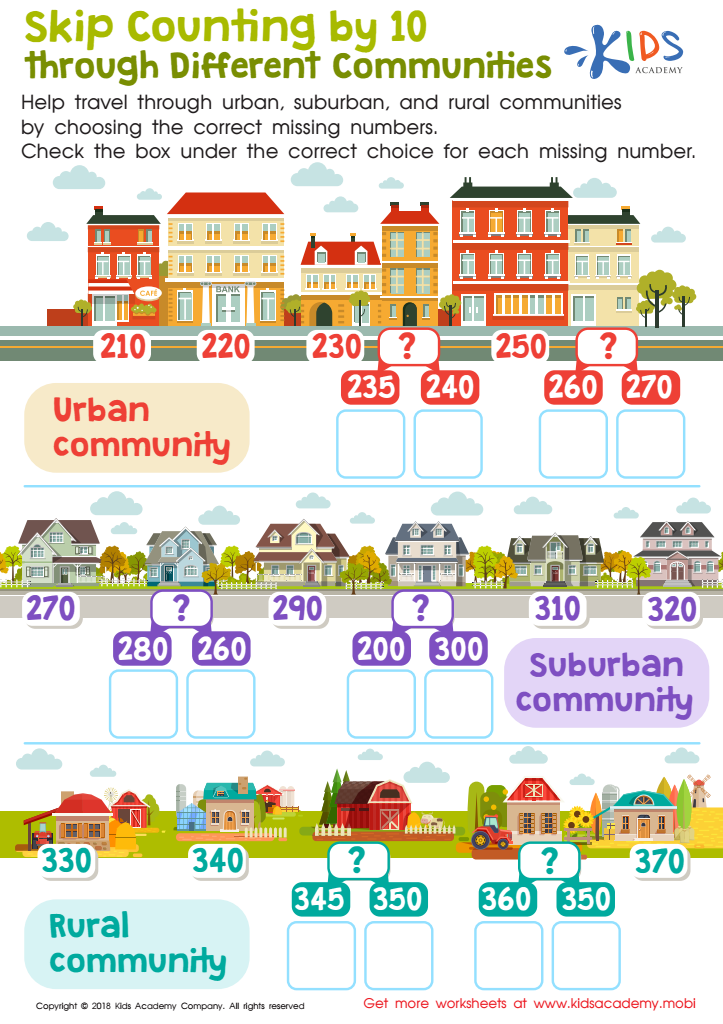

Skip Counting by 10 through Different Communities Worksheet
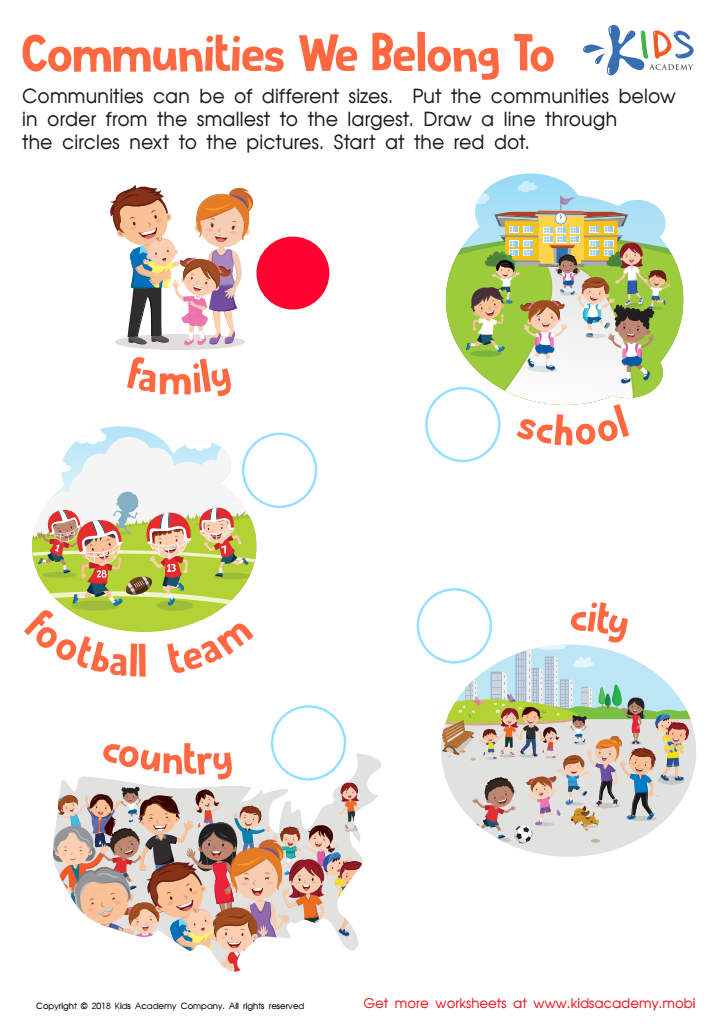

Communities We Belong to Worksheet
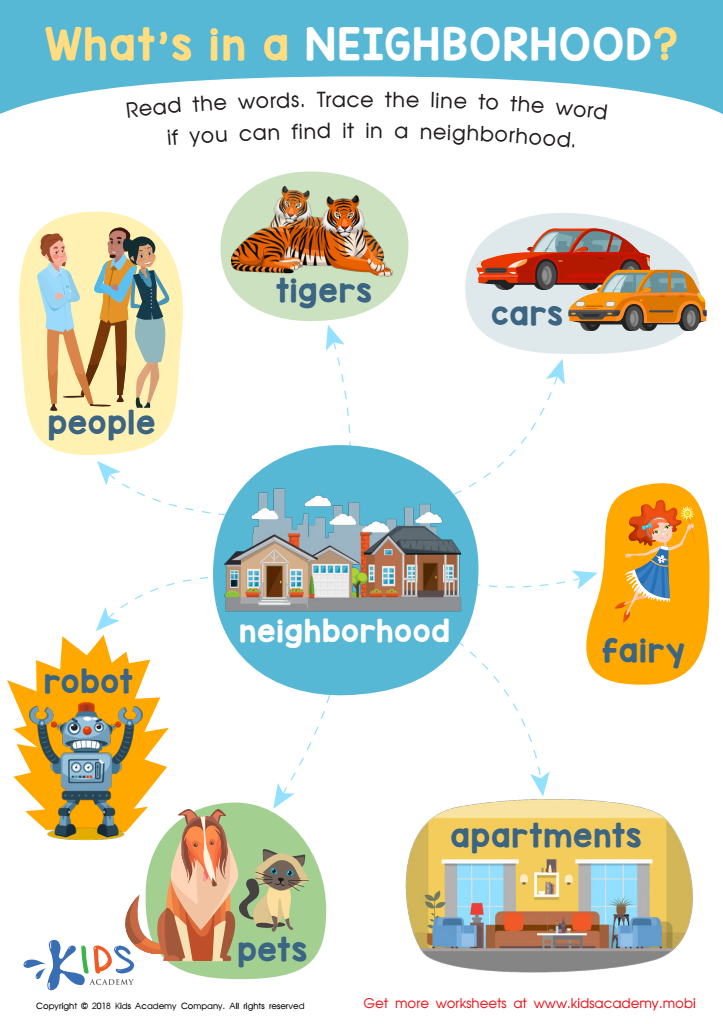

What's in a Neighborhood? Worksheet
Understanding communities is crucial for children aged 3-7 because it lays the foundation for social development and interpersonal skills. During these formative years, children begin to make sense of their world, learning about relationships, diversity, and the roles people play within their communities. When parents and teachers prioritize this understanding, they foster empathy and respect for others, allowing children to appreciate different cultures, traditions, and abilities.
Engaging with community concepts helps children develop a sense of belonging, vital for their emotional well-being. They learn not only about their immediate surroundings but also about cooperation and teamwork through group activities and shared experiences. It encourages them to actively participate in their environment, promoting civic responsibility and awareness from an early age.
Furthermore, understanding communities enhances critical thinking. As children observe and reflect on their roles within a community, they begin to ask questions and seek answers about social structures and responsibilities. This inquisitive mindset cultivates a lifelong love for learning. Ultimately, when parents and teachers invest time in teaching children about their communities, they equip them with essential skills for navigating the world, fostering a more inclusive, compassionate, and engaged future generation.
 Assign to My Students
Assign to My Students




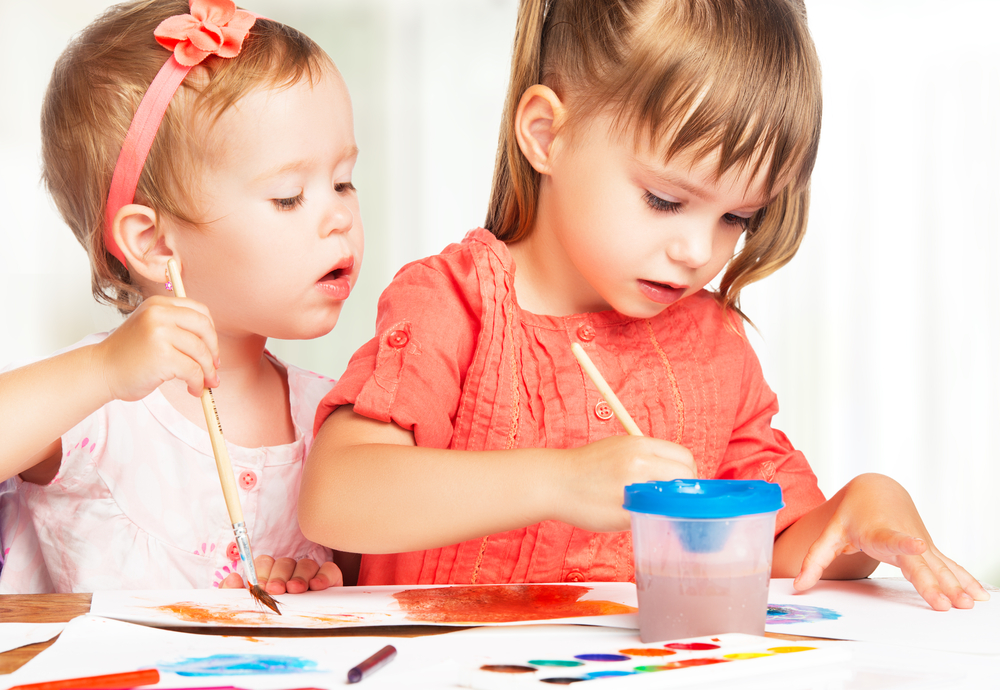

.jpg)

